ARCHITECTURE
PORTFOLIO 2019 2023 YINONG XUE
SELECTED WORKS
The bridge does not just connect banks that are already there. The banks emerge as banks only as the bridge crosses the stream.
Explore how architecture defines the site, and explore the structural design.
THE NEW AGRICULTURAL COMPOUND
Explore how to use architecture to address the urban-rural conflicts in China.
THERMAL POWER PLANT REVITALIZATION
Explore how to revitalize industrial relics and awaken historical memories.
04
URBAN LOUNGE
Exploring the relationship between architecture, environment, and materials.
01 02 03 THE COLLEGE
CONTENTS

THE COLLEGE
The college system is an educational management system that combines general education with professional education. A college refers to a comprehensive space for student dormitories based on this system. In recent years, the implementation of the college system has become an active exploration and effective attempt in the reform of higher education in China, and the specific form of the college also needs to be discussed. This design is located on the original site of the student dormitory building at Beijing University of Architecture, at the junction of the school's teaching area and living area, adjacent to the student cafeteria. My design intention is to create a college building that focuses on student dormitories and is supplemented by facilities for student and faculty study, work, and living, in order to create a hub that can inspire discussions and creativity among students and faculty.
I started my design from the analysis of the site. Through observation, I found that the northeast sides of the site are the teaching area, while the southwest sides are the living area. There are two gardens on the south side and west of the site, but the original building divided the site into two sides, forcing students and faculty to go around the original building from both sides to reach the living area.
Based on my observation and analysis of the site, my design starts from the site and uses architectural elements to define the courtyards on the south and west sides of the site, with the central part of the building elevated to connect the north and south squares, making it convenient for students and faculty to pass through. The next step is to design the interior of the building. I utilize three basic architectural elements: slabs, columns, and masses. The masses serve as private spaces such as student dormitories, slabs act as enclosed defining elements, and columns serve as both structural and relatively open defining elements. Through the spatial organization of functions and circulation, I have employed appropriate spatial forms, structural systems, architectural materials, and construction designs to achieve a rational architectural form.
SITE: BEIJING,CHINA
Individual Acedemic Sep,2021-Dec,2021
Instructor : Yu Dao, Ren Zhongqi, Jiang Wei

CHINA BEIJING
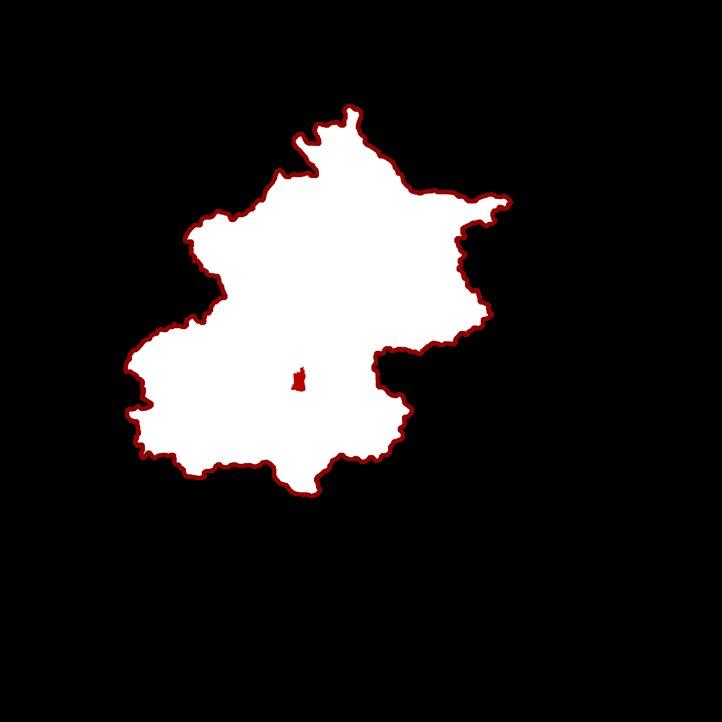



Location Analysis
Living area Teaching area Residential area
XICHENG DISTRICT UNIVERSITY
Prototype Research






Through the study of squares, I have concluded that the design approach in ancient times involved enclosing the square nd integrating buildings around the square. The premise of a square is the enclosure of space, and buildings should not stand independently above the square.The architecture needs to define the surrounding site.

Through this collage, I have expressed the delineation of the courtyard on the west side of the site and continued the original facade, introducing pedestrian flow by elevating the building volume in the middle of the site.
Piazza Modena
Piazza San Marco
Piazza Parma
Generate Analysis



The site is located at the intersection of the living area and the teaching area. I aim to connect the north and south of the site.
The massing of the building defines two courtyards on the west and south sides of the site.
I have completed the volume of the original cafeteria on the west side and used a "bridge" to connect the new and the existing buildings.



I integrated the dormitory within the volume of the new building, while placing the remaining supporting functions in other locations.
The volume of the "bridge" extends towards the east, enhancing the sense of mass and connecting the two sides (east and west).
This design redefines the boundaries of the courtyards surrounding the site and enhances the connection between the north and south sides.
Living area Teaching area Residential area Dormitory Book shop Public area Living area

Exploded Drawing Living area Teaching area Residential area


 Ground Floor Plan
1-1 Section
North Elevation
Ground Floor Plan
1-1 Section
North Elevation

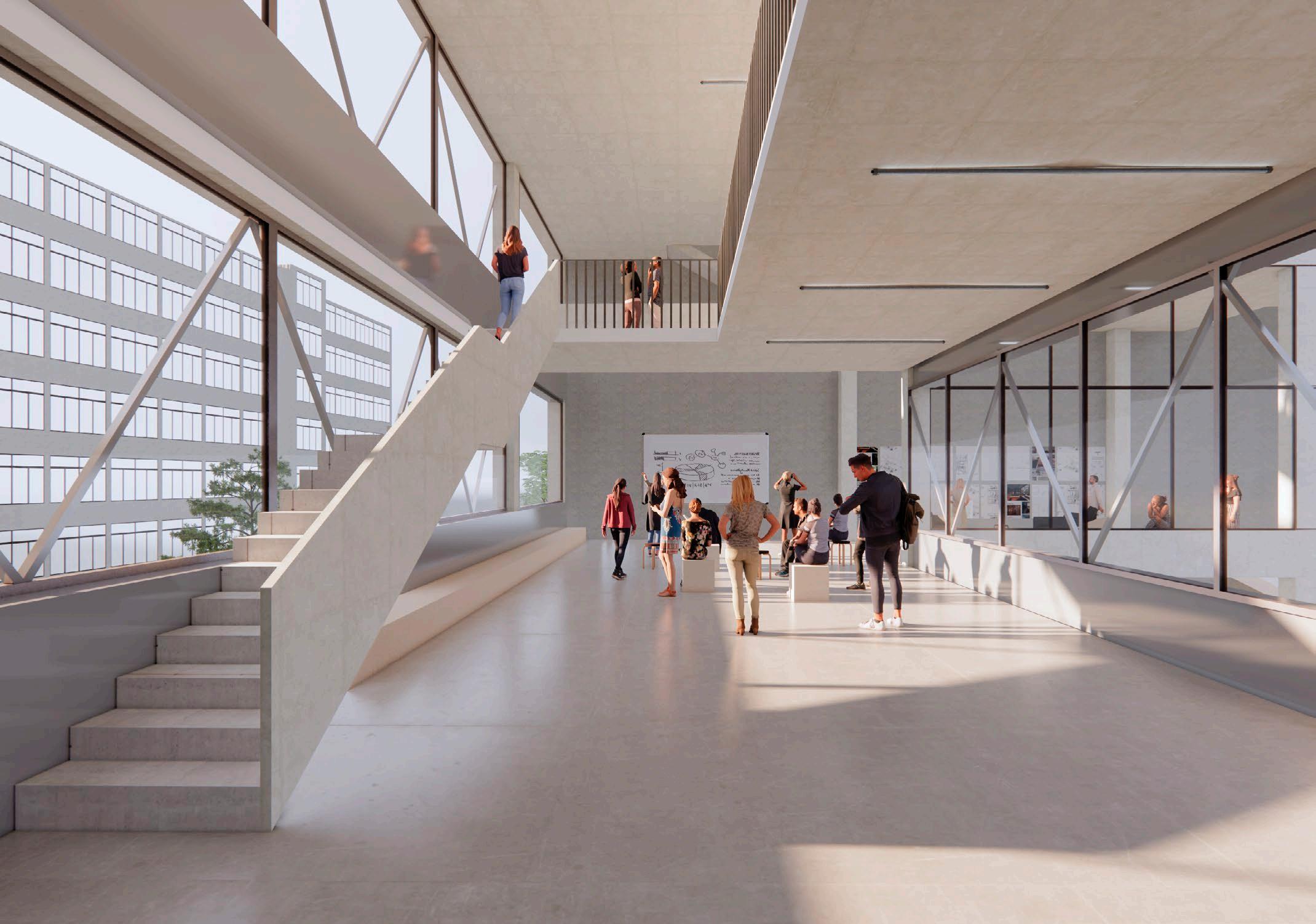
 Third Floor Plan
View of Public Area
View of Public Area
Third Floor Plan
View of Public Area
View of Public Area
Construction


1 30mm mortar protective layer 20mm rolled waterproofing layer 60mm mineral wool insulation layer 10mm rolled waterproofing layer 100mm reinforced concrete roof 50mm mineral wool insulation layer 15mm precast concrete hanging panel 5mm metal cover plate 15mm rolled waterproofing layer 150mm reinforced concrete parapet wall 25mm precast concrete hanging panel 50mm mineral wool insulation layer 400mm reinforced concrete beam· 50mm mineral wool insulation layer 25mm precast concrete hanging panel 15mm precast concrete hanging panel 15mm rolled waterproofing layer 150mm reinforced concrete wall 15mm rolled waterproofing layer 15mm precast concrete hanging panel 20mm plain concrete floor tiles 20mm mortar leveling layer 15mm rolled waterproofing layer 60mm mineral wool insulation layer 100mm reinforced concrete roof 15mm precast concrete hanging panel Aluminum alloy window frame 15mm precast concrete hanging panel 15mm rolled waterproofing layer 200mm mineral wool insulation layer 100mm reinforced concrete wall 15mm precast concrete hanging panel 20mm plain concrete floor tiles 40mm underfloor heating 10mm gypsum fiberboard 50mm raised floor 100mm reinforced concrete floor slab 15mm precast concrete hanging panel 15mm precast concrete hanging panel Metal curtain track Triple-glazed Metal aluminum frame: 8mm tempered glass + 14mm air gap + 6mm float glass + 14mm air gap + 8mm tempered glass Ug=0.6 W/m^2K 15mm precast concrete hanging panel 15mm rolled waterproofing layer 200mm mineral wool insulation layer 100mm reinforced concrete wall 15mm precast concrete hanging panel 20mm plain concrete floor tiles 40mm underfloor heating 10mm gypsum fiberboard 50mm raised floor 170mm reinforced concrete floor slab 15mm rolled waterproofing layer 90mm mineral wool insulation layer Compacted subsoil Three-layer floor tiles 150mm150mm60mm Compacted subsoil 2 3 6 9 7 5 4 8 10 13 12 11
View of West Courtyard

THE NEW AGRICULTURAL COMPOUND
After the establishment of the People's Republic of China, the country made several attempts to address the issue of increasing agricultural productivity. China successfully increased agricultural productivity but this led to an increase in surplus labor in rural areas, and the rural population gradually moved to cities. The emergence of an urbanrural dual structure created significant disparities between urban and rural areas. The demand for land in cities grew, continually expanding into rural areas, encroaching on farmland, increasing food miles, and damaging the rural ecological environment, while the status of rural areas gradually declined.
Therefore, I propose the concept of the 'New Agricultural Compound' to address the above-mentioned issues, seeking a prototype that can 'fold' urban and rural areas together. The prototype is located at the boundary between the city and the countryside, with the intention of stitching together the boundaries of urban and rural areas. The New Agricultural Compound adopts a system similar to the people's communes, concentrating agricultural research, agricultural production, and agricultural product processing within the compound. A transportation system connects the compound, using drones to enhance transportation efficiency. New agricultural technologies are employed to increase crop yields per acre. Crop planting schedules are planned rationally to improve land utilization efficiency. Crops are processed or sold directly, reducing food miles.
The crops produced by the compound can meet the needs of the surrounding residents, and both urban and rural residents can dine in the compound. Farmers can come to the compound to disseminate agricultural knowledge, and urban residents can visit exhibitions and attend lectures. The new agricultural technologies developed by the compound can be provided to rural areas, and high-tech talents from urban areas can engage in technological research and development within the compound.
SITE: HEBEI,CHINA
Individual Acedemic Mar,2022-Oct ,2022
Instructor : Ren Zhongqi
Social background

RESEARCH
INDUSTRIAL AREA
VERTICAL FARMING
DINING HALL

Urban-Rural Folded Space Compound

WAREHOUSE

The prototype consists of two interconnected buildings, with transportation facilities linking each unit. Functional areas for both daily living and production are situated on either side. The vertical farming serves as a self-sustaining food source for the surrounding residents, while agricultural and byproducts are automatically harvested, packaged, and transported to the dining Hall and supermarket via machinery.
Dining Hall: 9000 m², serving 7500 people Research: 18000 m², serving 3000 people Exhibition: 4500 m², serving 600 people Supermarket: 4500 m², serving 1500 people Vertical Farming: 18000 m², serving 30000 people Industrial Area: 12000 m², serving 6000 people

Vertical Farming
Utilizing robotic arms for tasks such as planting and harvesting crops, with the crops being directly packaged and transported to various locations.

Industrial Area
Processing agricultural products, producing agricultural byproducts, and transporting them to dining hall and supermarkets.

Warehouse
Utilizing robotic arms to package, categorize, and transport the factory-processed goods.

Reasearch
Utilizing advanced technology to enhance agricultural productivity, increase crop yields, and improve cultivation techniques.

Dining Hall
Utilizing the products produced within the prototype to centrally supply food. Surrounding residents can visit the dining hall for meals.

Transportation
The prototypes are connected by railways to enhance transport efficiency, allowing residents to reach different prototypes by train.
Compound Axonometric Sectional Drawing

The compound is divided into two buildings, connected in the middle by a covered bridge to enhance production efficiency. There is a green space and a central plaza in the middle of the buildings.
compound urban rural
Possible prototype site selection





Let's have those freshly-baked cakes today!
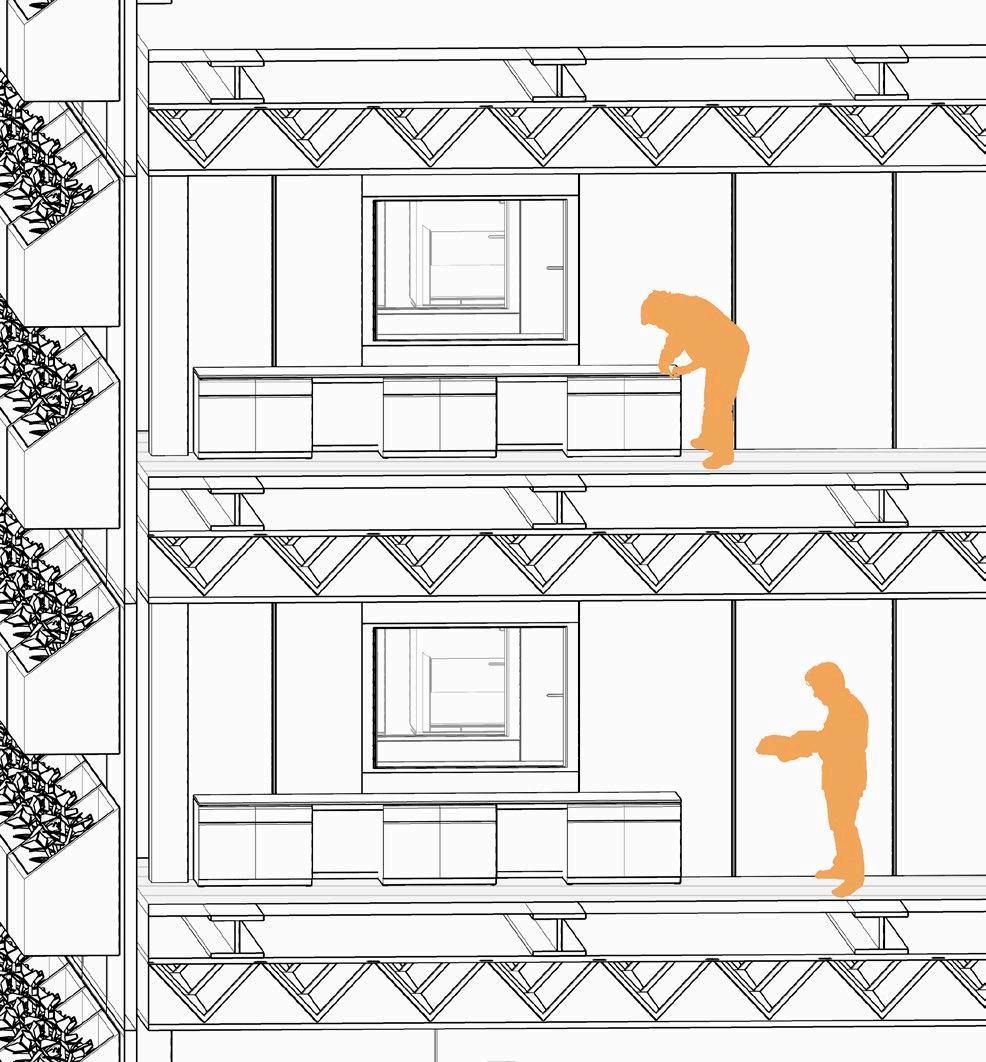


The agricultural exhibition taught me a lot. I'm going to give a lecture at the compound.
The service radius of the prototype is 3km and 5km respectively. Each prototype is connected by transportation facilities and is situated in the transitional zone between urban and rural areas.
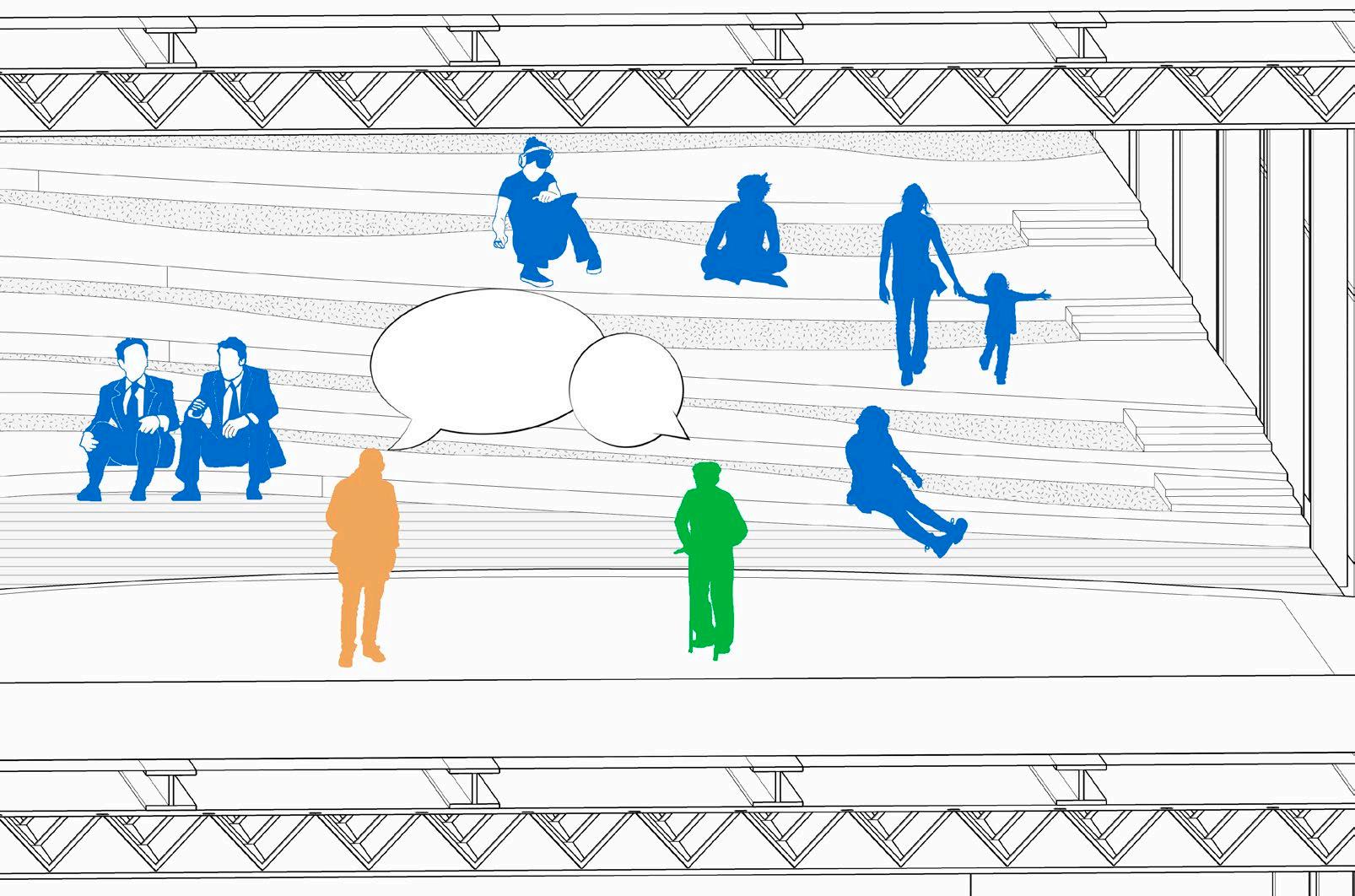

These things here are all very fresh.
 CHINA HEBEI
CHINA HEBEI
Welcome! Hi!

THERMAL POWER PLANT REVITALIZATION
The site is located in the central part of Beijing, China, and is a historical district where historical relics, industrial heritage, and residential areas coexist. The Tianning Temple Pagoda was built a thousand years ago and gradually declined a hundred years ago. In the past forty years, to meet the heating needs, the government built a thermal power plant. The Tianning Temple Pagoda was buried in a chaotic residential area and industrial buildings, and the large chimney of the thermal power plant directly weakened the visual aesthetics of the ancient pagoda. However, with the shutdown of the thermal power plant, the factory buildings were idle, the functions of the area were relocated, and the area was in a semi-abandoned state. The three urgent issues that need improvement are the low quality of residents' lives, the low visibility of historical relics, and the low vitality of industrial heritage.
Due to the good performance of the existing structure, I hope to retain the original structure of the factory buildings. Combining the original functions of the thermal power plant and record factory in the area, I integrate industrial heritage museum, community activity center, and performing arts space, incorporating outdoor activity spaces to improve the quality of life and vitality of the area. I choose to place the heritage museum in the boiler room, and the performing arts space and activity center in the main factory building. I use corridors to connect the originally independent six boiler rooms into a whole. For the main factory building, I convert the original double-height space into two levels, dividing the space with a line of sight to the Tianning Temple Pagoda, creating an interactive spatial experience between the upper and lower levels.
For the site design, I designate the west square adjacent to the main road and railway as a more vibrant square that can accommodate more activities. Performances, markets, sports, and other activities can take place in this square. As for the east square, it is adjacent to the quieter Tianning Temple, so I design it as a square with a higher proportion of landscaping, providing a place for residents to stay and relax, distinguishing between the two squares with different dynamics.
SITE: BEIJING,CHINA
Individual Acedemic Mar,2023-JUL ,2023
Instructor : Zhang Ji

Site History
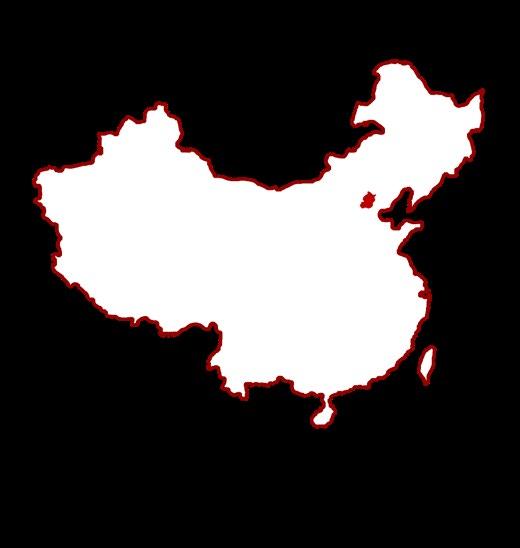




Although the site is located at the intersection of a major road in the center of Beijing, the overall area is in a low vitality state. There is a lack of resident activity spaces within the site and its vicinity. The site is enclosed, and the Tianning Temple is enclosed by residential buildings, resulting in low accessibility.



The western side of the site is adjacent to railway tracks and a residential area, but the site is enclosed by factory buildings, making it very closed-off. Therefore, the factory buildings on the western side of the site are removed to open up the interface and introduce pedestrian flow.

In order to create a landscape where the chimney and Tianning Temple Pagoda stand side by side, the two boiler rooms in the line of sight were updated with structures that minimize obstruction, allowing pedestrians on the west side to have a direct view of the landscape.

This design primarily revitalizes and updates the main factory building and boiler room. Part of the buildings on the eastern side of the site were demolished to allow for a closer connection between the residential area on the south side of the site and the Second Ring Road.

The division of the square is also based on the line of sight. The west side of the square serves as a space for resident activities and markets, while the east side is primarily designed for landscaping, distinguishing the functions between the two sides of the square.
HARDWARE STORES CLINIC HOSPITAL RESTAURANT SHOPPING MALL BANK SUPERMARKET RESTAURANT CAFÉ CORNER STORE OFFICE TEMPLE SCHOOL DAILY LIFE RECORD PLANT RENOVATAED PLANT UNRENOVATAED PLANT
CHINA XICHENG DISTRICT INACCESSIBLE SCHOOL ACCESSIBLE PUBLIC FUNCTIONS PRAVITE FUNCTIONS MAIN ROAD SECONDARY ROAD PRIVATE ROAD
Location Analysis
Road Analysis Surrounding Business Analysis
Functional Analysis
Nolli map
Site Strategy




Current Status of Boiler Room Proposed Design
Due to the favorable structural performance of the original boiler room, the concrete frame and steel roof are retained. The added corridor is fixed to the original frame structure of the boiler room.


Current Status of Boiler Room Proposed Design
Retaining the original structure of the factory building, removing the original walls, and adding shear walls to support the second-floor slab, with beams adapting to the direction of the shear walls.

Analysis
Structural
Axonometric Drawing



Office
Backstage Performing Arts Space
Café Cultural and Creative Store
Community Activity Room Tea Room

On the first floor, at the gray space, one can directly access the residential activity space or public spaces such as the cafe, with the volumes of the first and second floors interlocking and stacking.

The second-floor space allows a direct view of the original structure and framework of the factory building, using wooden panels to highlight the relatively enclosed spaces.

URBAN LOUNGE
Urban lounge starts from imitating the architectural form of ancient thatched houses, extracting two building elements: wooden frame and rammed earth. I chose the wooden frame as the structural system, and the rammed earth as the enclosing system. Considering the prevailing wood processing methods, I hope to use a standardized construction system to restore the thatched house. So, I used 150*150mm wooden components and later applied them in locations like pillars and beams.
The project is located at the northwest corner of a park in Qianshan, Anhui Province. The original land condition was relatively hard, so I chose a shallow foundation as the foundation. I analyzed and designed the connection methods between the wooden columns and the foundation, as well as between the wooden columns and the wooden roof frame. The north side of the site faces the urban area, and the west side is adjacent to the old city. I divided different functions into five small volumes, connected from the southwest to the northeast of the site. Facing different street attributes, I incorporated corresponding functions. The volume on the far west side, near the old city lacking spaces for resident activities, includes resident activity rooms and bathrooms. The volume on the far east side faces the new urban area and is close to the main entrance of the park. Therefore, I placed a cultural and creative shop here. The multipurpose hall is located in the most important position, and the two volumes facing the lake are used as a tea house and a cafe.
Finally, I chose the most important multi-functional hall for detailed design, analyzed the characteristics of raw earth as a material, coordinated with the wooden frame, and completed the structural design.
SITE: ANHUI,CHINA
Individual Acedemic
Mar,2022-JUN ,2022
Instructor : Mu Jun, Jiang Wei

Extracting the imagery of ancient thatched cottages, which were often located in the midst of natural forests, blending harmoniously with nature.
WOOD RAW EARTH +


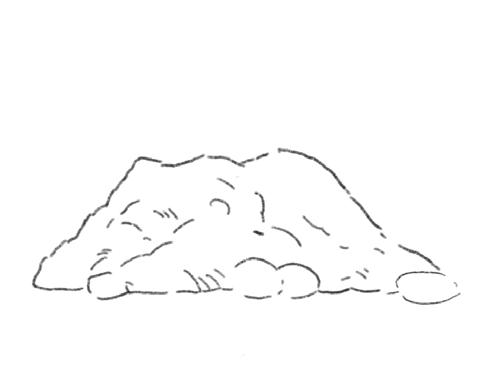

Extracting two materials from thatched cottages: wood and raw earth. I hope that through these two materials, the building can better blend into the natural environment.
the on-site raw earth for rammed earth construction





150mm*150mm wooden components




+ +






multipurpose hall cafe tea house residential activity space cultural and creative shop Roof Structure Enclosure Structure Support Structure

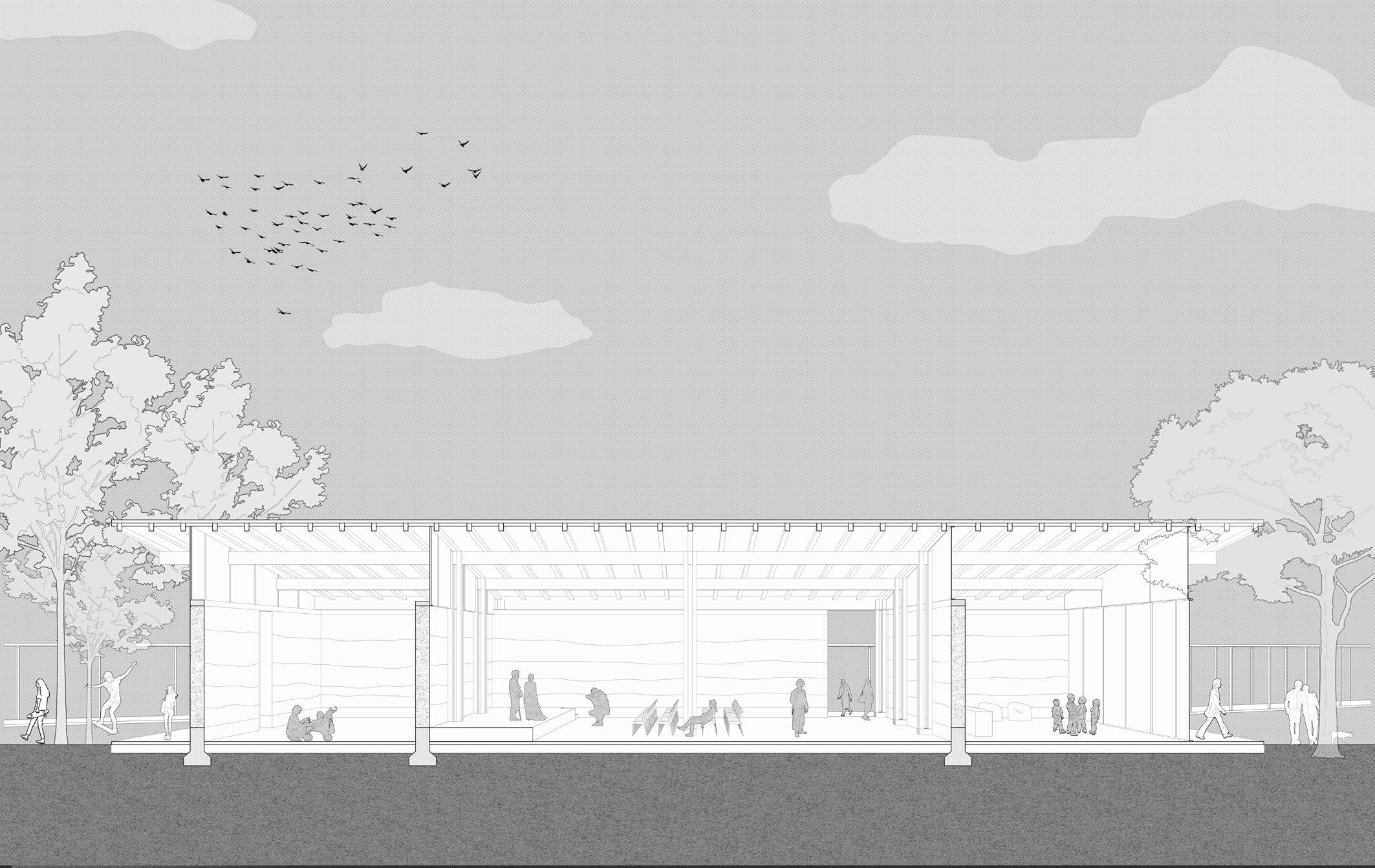

Multipurpose Hall



20mm
30mm metal sheet
Waterproof layer
20mm laminated wood plank
100mm insulation layer
20mm laminated wood plank
300*150mm wood purlin
Aluminum alloy window frame
Double-layer
150mm
450mm
150mm*600mm
40mm
Reinforced
150*150mm
30mm
75*50mm
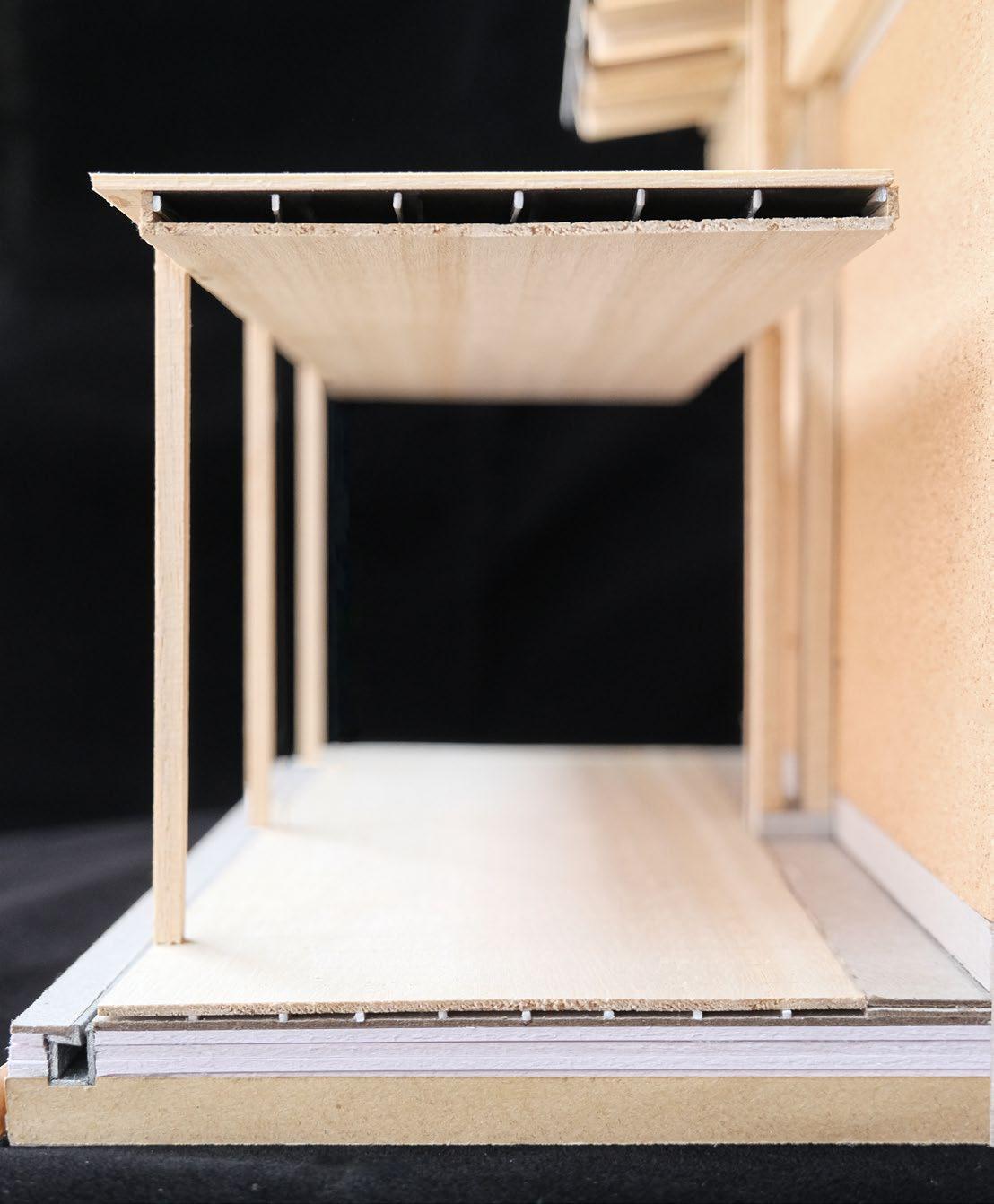

anti-corrosion wood board
50mm wood board
8mm
gap +
glass
glass Metal aluminum frame:
tempered glass + 14mm air
8mm tempered
concrete ring beam
high reinforced
thick
earth wall
rammed
wood beam
angle steel
floor beam
concrete
laminated wood column
anti-corrosion wood board, slope 3%
75*50mm steel beam
beam 20mm
ceiling 1 2 3 4 5 6 7 8 9 10 11 12 13 14 15 16 17 18 19 20 120*120
column Anti-corrosion
floor Concrete
250mm
drainage ditch Compacted loess 21 22 23 24 25 26 27
steel
wood
wood
wood
leveling layer, slope 3% 50mm plain concrete
compacted loess 300mm*180mm






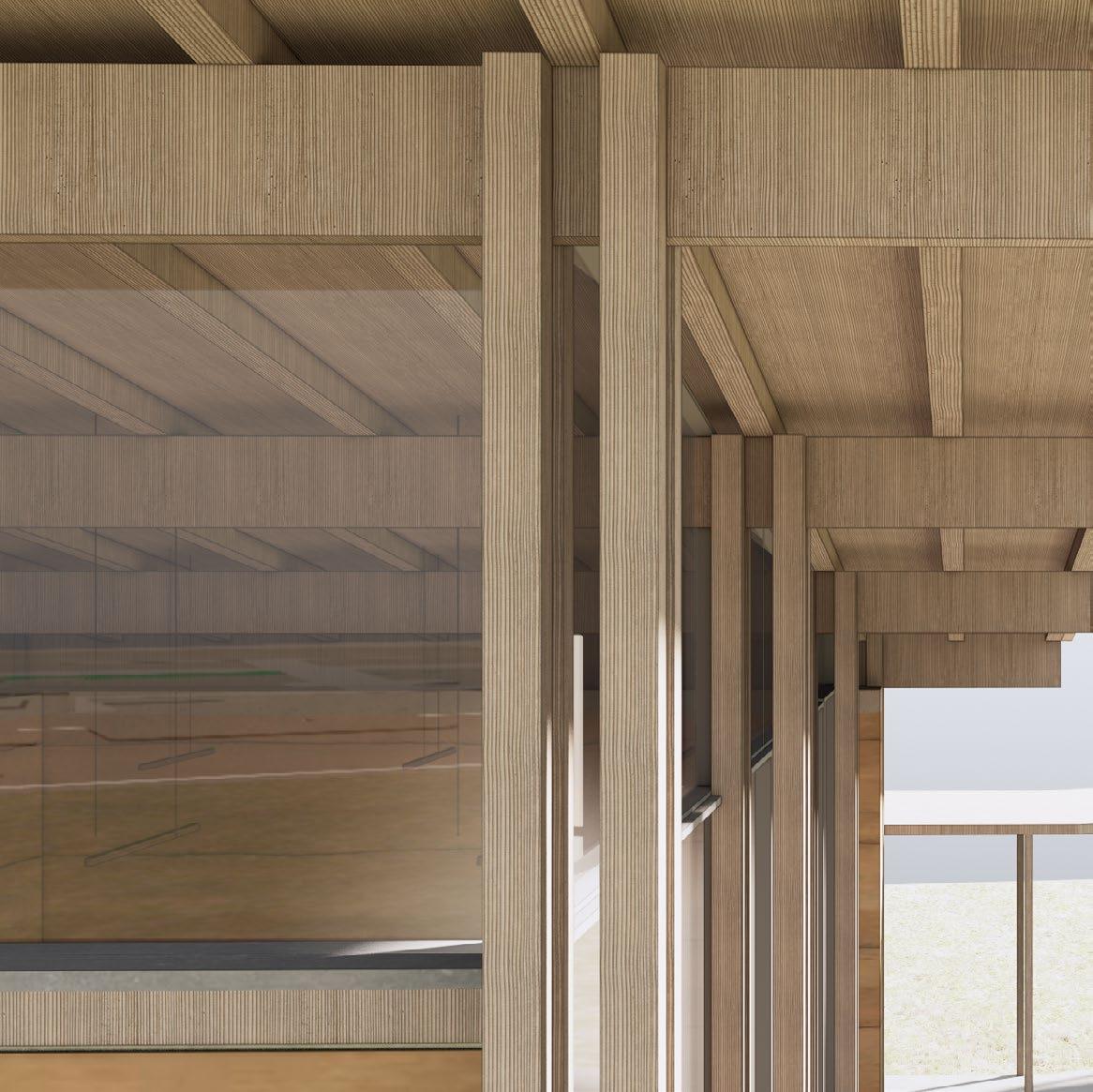 Canopy and Multipurpose Hall Roof 1:50
Canopy and Multipurpose Hall Foundation 1:50
Multipurpose Hall Roof (including side windows) 1:50
Indoor Ceiling Details
Canopy and Multipurpose Hall Roof 1:50
Canopy and Multipurpose Hall Foundation 1:50
Multipurpose Hall Roof (including side windows) 1:50
Indoor Ceiling Details
Details
Multipurpose Hall Column Base Details Corridor Column Base
Outdoor Roof Details
OTHER WORK
THE CONSTRUCTION MODEL OF THE COLLEGE
Utilizing typological methods, we extracted design techniques from Chinese classical gardens, forming nine abstract garden spaces. Finally, within predefined limits, we employed these nine prototypes to compose the spatial experience of a garden, incorporating contextual scenery.


THE CHUYUAN(Typological Garden Research)
Utilizing typological methods, we extracted design techniques from Chinese classical gardens, forming nine abstract garden spaces. Finally, within predefined limits, we employed these nine prototypes to compose the spatial experience of a garden, incorporating contextual scenery.



PORTFOLIO 2019 2023
ARCHITECTURE





















 Ground Floor Plan
1-1 Section
North Elevation
Ground Floor Plan
1-1 Section
North Elevation


 Third Floor Plan
View of Public Area
View of Public Area
Third Floor Plan
View of Public Area
View of Public Area
























 CHINA HEBEI
CHINA HEBEI




























































 Canopy and Multipurpose Hall Roof 1:50
Canopy and Multipurpose Hall Foundation 1:50
Multipurpose Hall Roof (including side windows) 1:50
Indoor Ceiling Details
Canopy and Multipurpose Hall Roof 1:50
Canopy and Multipurpose Hall Foundation 1:50
Multipurpose Hall Roof (including side windows) 1:50
Indoor Ceiling Details




